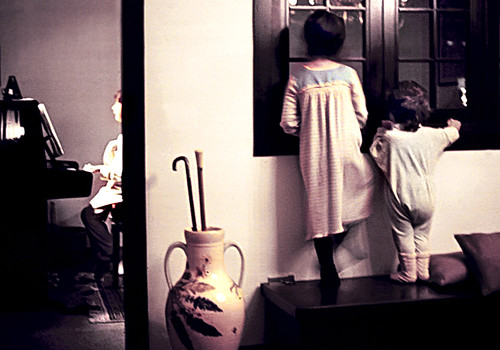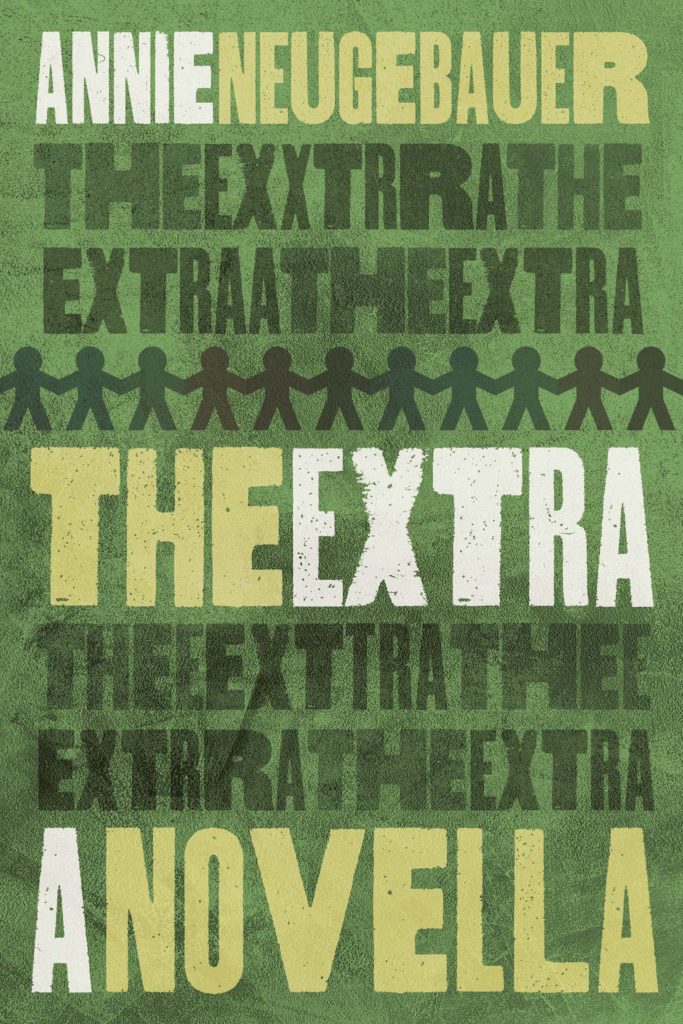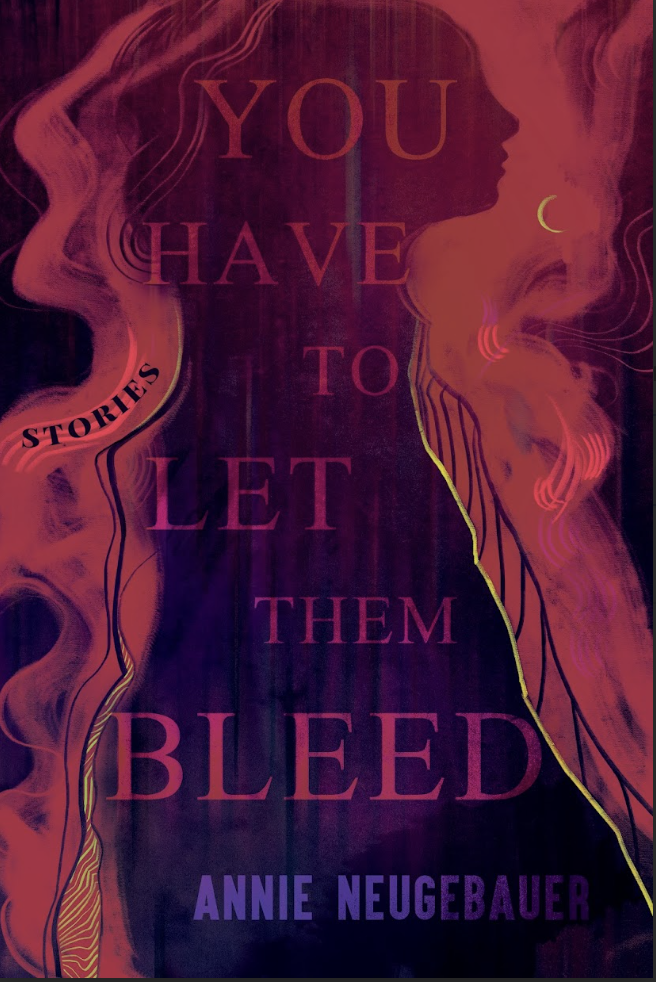I love New Year’s. It’s a time to look back, evaluate, and then look forward, outward, up.
My critique group does an end of the year round table where we all share one thing we’ve accomplished and one thing we’ve learned in the past year of writing. I love this, and I think it leads very naturally into my resolution for 2014.
What I’ve accomplished: I succeeded at last year’s public resolution to find the right agent for me. About a week ago I accomplished last year’s private resolution to complete my requirements to go from Affiliate member to Active member in the Horror Writers Association — basically the difference between semi-professional and professional. That one slipped in just under the gun for 2013. I’ve officially become a professional horror writer. (Or at least as much as any impartial source will ever be able to declare a thing like that. It’s the one I’ve chosen as my own personal meter.) This one is huge for me.
I also achieved something I hadn’t even set out as a realistic goal: I just got news (again, a week ago; follow me on Facebook for the most up to date news) that I received an honorable mention in the national poetry manuscript contest this year. That means my book of poems, Hope and Other Myths, placed top 5 in the country! (This is through the National Federation of State Poetry Societies. They didn’t rank the three honorable mentions, so I was either 3rd, 4th, or 5th place overall.) Only 1st place gets their book published, but I’m incredibly honored to be named. Really, really honored.
So I was over the moon happy in 2013, right? Well, no. Not when it came to my writing career. Which brings me to the thing I’ve learned. Achieving new goals isn’t what will make me happy; learning to appreciate where I am and how far I’ve come is what will make me happy.
Goals are great. I’m a really strong proponent of pushing one’s self, of setting defined markers of progress. Maybe too much so, though, because somewhere along the way in 2013 I realized I wasn’t that happy with my progress, even though I am indeed making it. Every time I succeeded at something, I wanted more. Somehow, I reached a point where accomplishment felt less like a joy to celebrate and more like… a relief.
Did you catch that? I would succeed at achieving one of my goals and feel relieved. Not happy, not excited, not proud. Well okay, maybe a little, but mostly I felt the distinct release of stress that we call relief. Needless to say, that’s a problem. I’ve always straddled the line between ambitious and dictatorial, and this was a major clue to warn me I was slipping down the wrong side of that line.
I guess I let myself get away with it at first because things began small. I just wanted some initial validation. When I started out, all I wanted was to get one poem accepted for publication. Just one! Then I would know I wasn’t fooling myself. But of course, the thing about goals is that once you accomplish them, you need to set new ones – as it should be. I, however, began setting new ones instantly. Got a piece of flash fiction published? Next I wanted a whole story accepted. Got a short story published? Next I wanted one accepted at professional rates. Got that? Next I needed three so I could bump up in HWA status. Got that? Now I want to land one in a best of the year anthology. (Seriously, I’m incorrigible.)
Do you see the problem here? There will always be something more to want. I used to think, “If I could just _____ (win a contest, get something published, land an agent), I’ll feel better. I would be happy then.” Even some of the most famous authors have admitted to this. Have a book published? Next you want a series. Wildly successful? Next you want to hit the bestseller lists. Land on the lists every time? Next you want to be #1. Done that? Next you want to conquer a new genre under a pen name to prove you can. There. Is. Always. More.
Which means that if I believe reaching my next goal will make me content, I’m sadly mistaken, because the minute I reach it that goal will change to a new one. That’s a great way to accomplish lots of things, but not such a great way to be a happy person.
This has led me to the only logical answer: I need to find a way to be happy with where I am. I will always be driven to achieve the next goal, and I’m grateful for that, but none of that holds value if I don’t enjoy them when I reach them. Somehow, I need to learn to be content amidst the striving. I need to learn to stop and appreciate my accomplishments on a deep level. In that spirit, my resolution this year will not be to reach a distinct goal. It will be to change the way I interact with myself about my existing goals.
The path of a full-time creative is a strange one, full of inspiration and stress and loneliness and pain. It’s unpredictable and maddening and daunting. It’s absolutely unique, which is absolutely beautiful.
In 2014, I resolve to appreciate it – every step along the way.
~*~
Do you have a resolution in mind? I would love to hear from all of you about something you’ve accomplished, something you’ve learned, and what you’re resolving. Happy New Year!
Share this:





